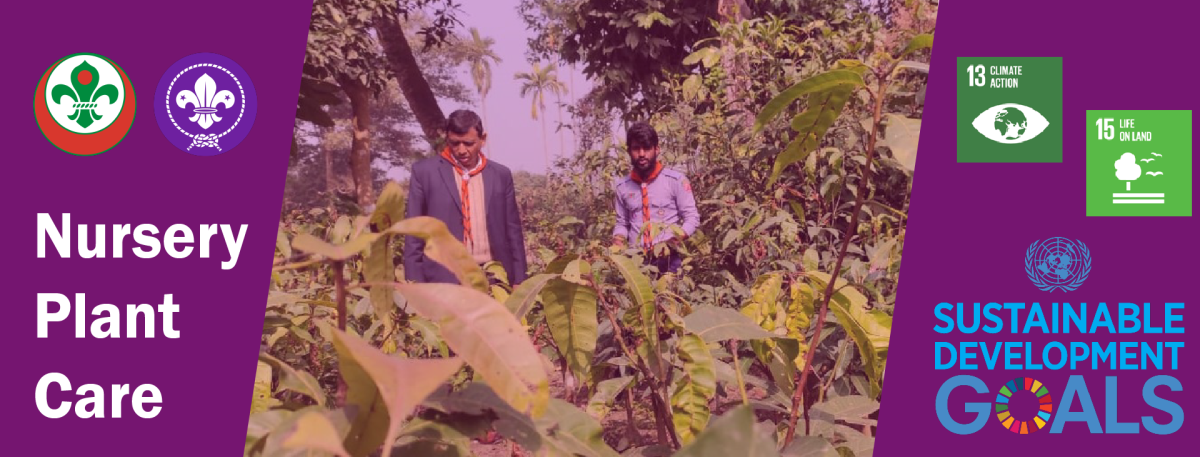
Nursery Plant Care
Nursery Plant Care
Management of nursery –
1) Potting the seedling: -
Before planting of sapling in the pots, the pots should be filled up with proper potting mixture. Now a days different size of earthen pots or plastic containers are used for propagation. For filling of pots loamy soil, sand and compost can be used in 1:1:1 proportion. Sprouted cuttings, bulbs, corms or polythene bag grown plants can be transferred in earthen pots for further growth. All the necessary precautions are taken before filling the pots and planting of sapling in it.
2) Manuring & Irrigation: -
Generally sufficient quantity of nutrients is not available in the soil used for seedbed. Hence, well rotten F.Y.M / compost and leaf mould is added to soil. Rooted cuttings, layers or grafted plants till they are transferred to the permanent location, require fertilizers. Addition of fertilizers will give healthy & vigorous plants with good root & shoot system. It is recommended that each nursery bed of 10 X 10m area should be given 300 gm of ammonium sulphate, 500 gm of Single super phosphate and 100 gm of Muriate of potash. Irrigation either in the nursery beds or watering the pots is an important operation. For potted plants hand watering is done & for beds low pressure irrigation by hose pipe is usually given. Heavy irrigation should be avoided.
3) Plant protection measures: -
Adoption of plant protection measures, well in advance and in a planned manner is necessary for the efficient raising of nursery plants. For better protection from pest and diseases regular observation is essential. Disease control in seedbed:- The major disease of nursery stage plant is “damping off”. For its control good sanitation conditions are necessary. Preventive measures like treatment with 50% ethyl alcohol, 0.2% calcium hypo chloride and 0.01% mercury chloride is done. These treatments are given for 5 to 30 minutes. Some of the seed treatment are as follows: i) Disinfection – The infection within the seed is eliminated by use of formaldehyde, hot water or mercuric chloride. ii) Hot water treatment – Dry seeds are placed in hot water having a temperature of 480C – 550C for 10-30 minutes. iii) Protection – In dry seed treatment organo mercuric and non-mercuric compounds like agallal, aretan –6, and tafasan-6. For this the seeds are shaken within the seed container. While in wet method, the seeds are immersed for certain period in liquid suspension. iv) Soil treatment – Soil contains harmful fungi, bacteria, nematodes and even weeds seeds, which affect the growth and further development of plant. These can be eliminated by heat, chemical treatment. For that soil is disinfected by heating to the temperature of about 600C for 30 minutes. v) Chemical treatment – the chemicals like formaldehyde, methyl bromide, chloropicrin, vapam are used. Other diseases like rust, powdery mildew, leaf spot, bacterial blight, yellow vein mosaic are also observed. For control of these diseases Bordeaux mixture, Carbendazime, Redomil can be used. Tricoderma viridi a bio-fungicide can also be tried out.
4) Weed control: -
Weeds compete with plants for food, space and other essentials. So timely control of weeds is necessary. For weed control weeding, use of cover crops, mulching, use of chemicals (weedicides) are practiced. Pre-emergence weedicides like Basaline or post-emergence weedicide like 2; 4-D and Roundup are useful.
5) Measures against heat and cold: -
The younger seedling is susceptible to strong sun and low temperature. For protection from strong sun, shading with the help of timber framework of 1 meter height may be used. Net house and green house structures can also be used.